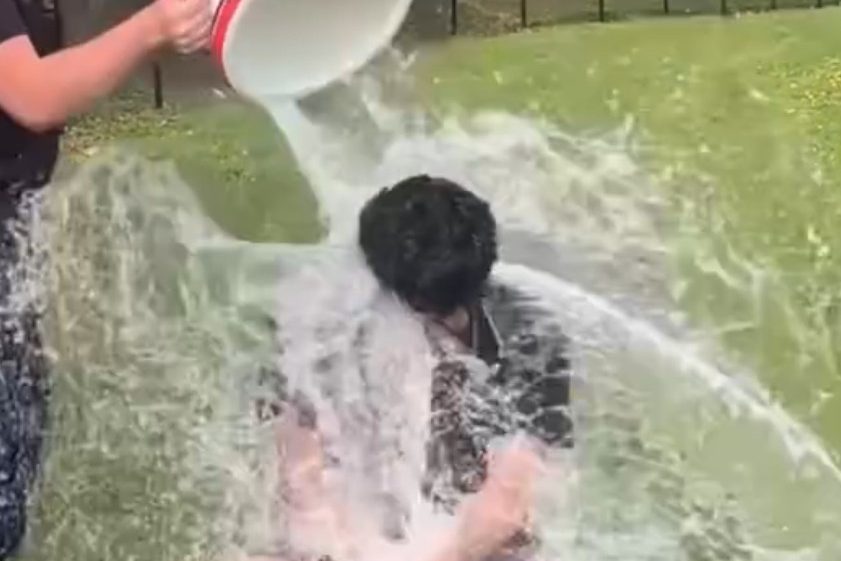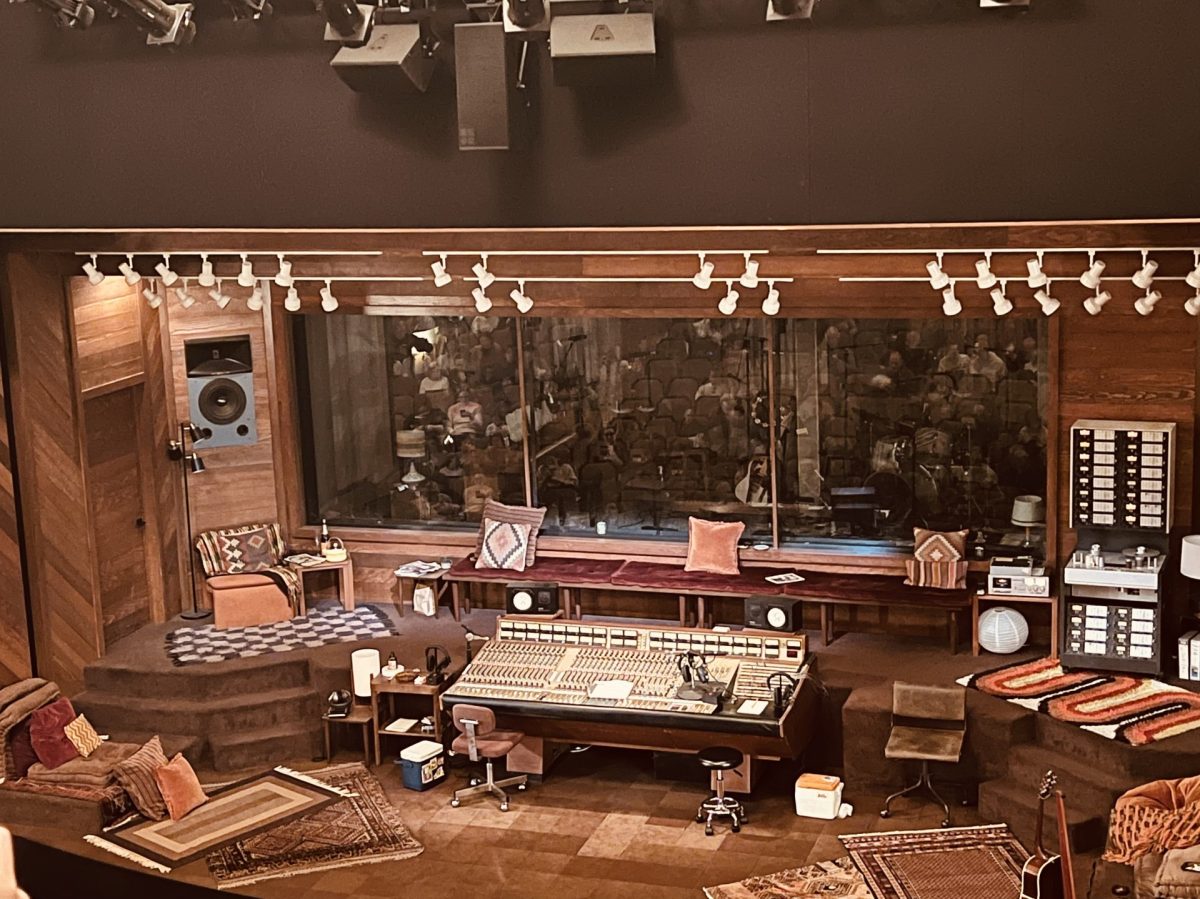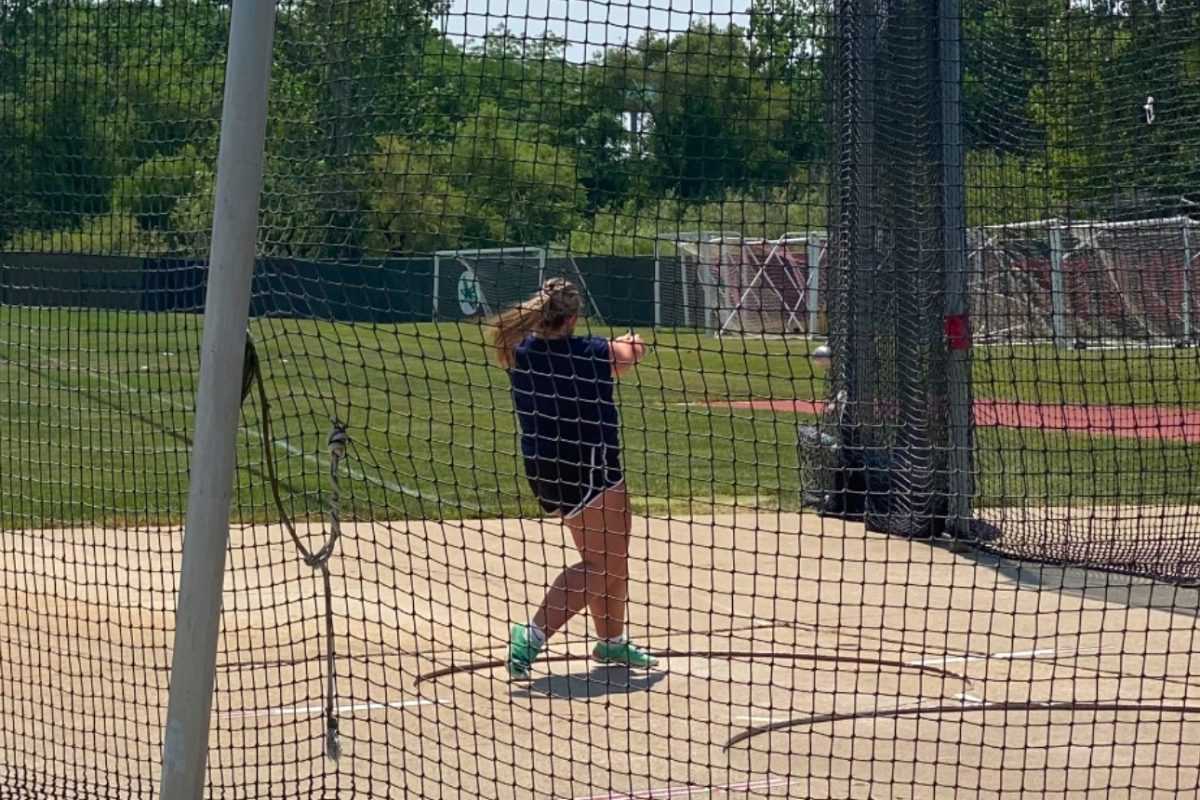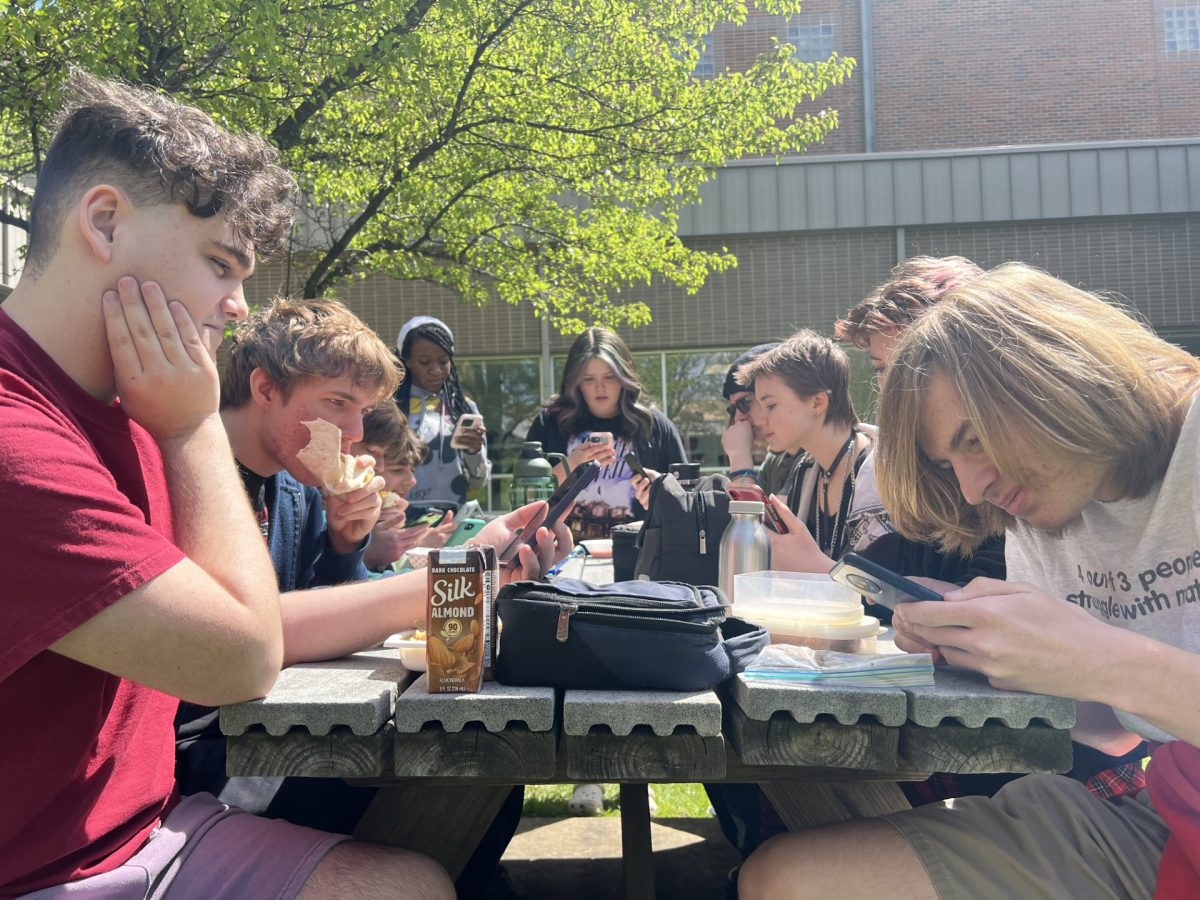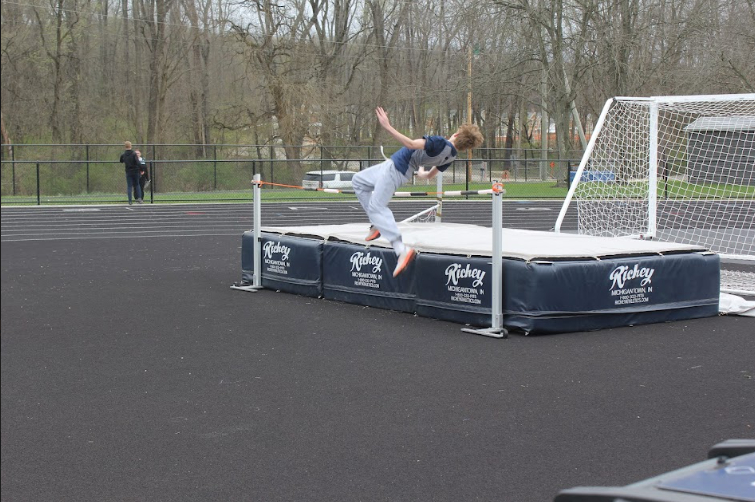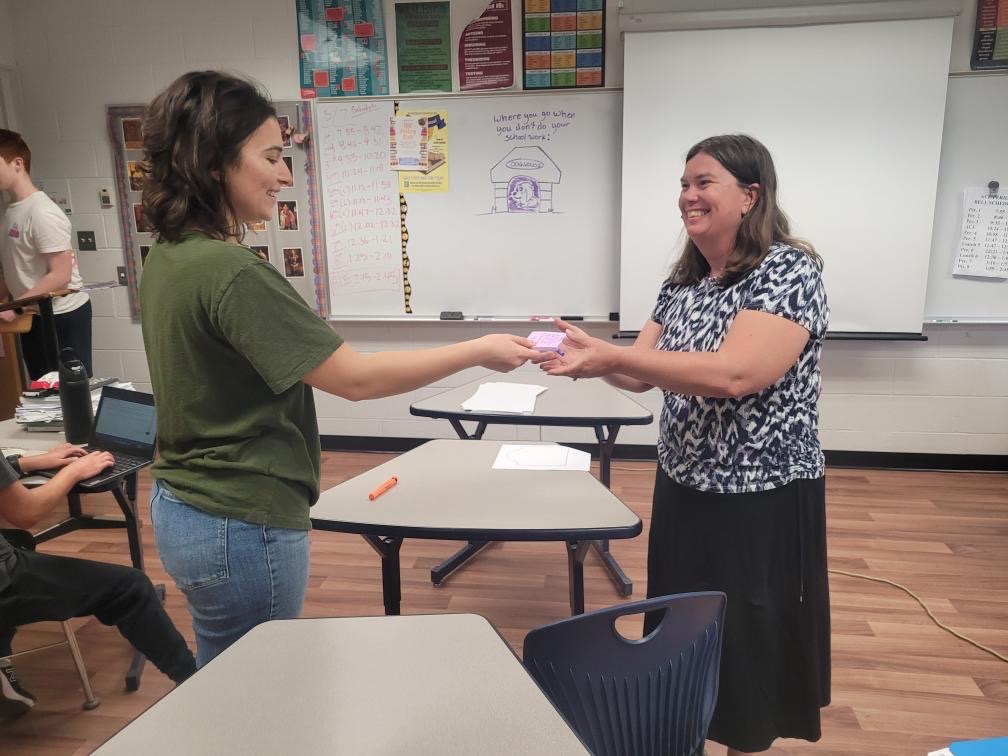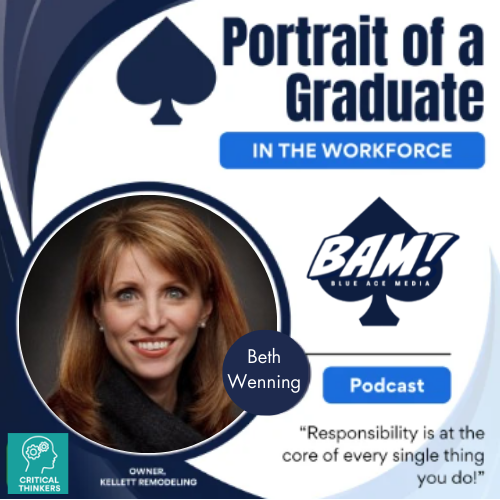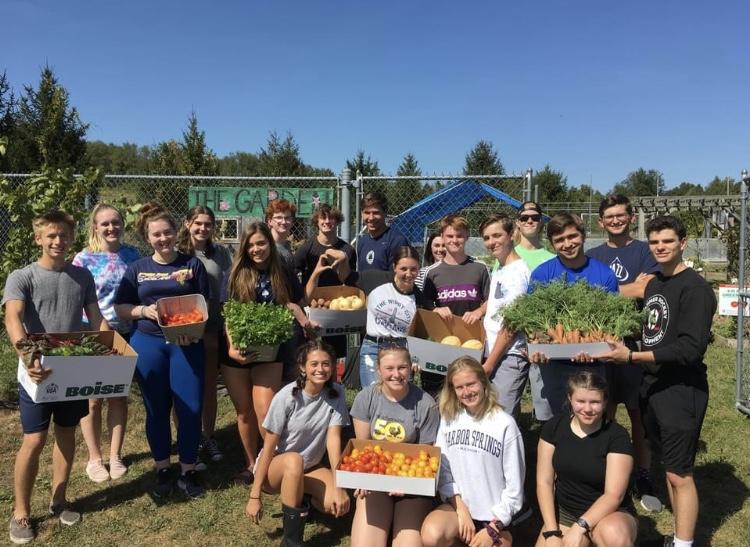According to the National Gardening Association, 35 percent of households in the US grow food either at home or in a community garden. This number reflects a 200 percent growth since 2008. This massive increase in gardening can be attributed to the fact that growing one’s own food is not only healthy for the environment, it is also highly educational and fulfilling. School gardens are one of the grand contributors to this widespread growth in gardening and education.
School gardens can be a fantastic source of environmental education. The Collective School Garden Network believes that through gardening, students become responsible caretakers. They have an opportunity to engage in agricultural practices on a small scale, learning about the responsibilities and impacts of land cultivation. They explore interactions among the living and non-living players that sustain life. These skills create a massive positive impact on a student’s life and how they view the world.
“Most people hate weeding but I find it relaxing and enjoyable. It is a mindless activity while chatting to others or just an opportunity to think.” said senior Dylan Kretchmar
“The school garden is an outdoor classroom which can be used to enrich any subject. Combine that with the dynamic nature of the garden and the endless potential arrangements, and you have the perfect setting for project-based and self-directed learning,” stated environmental science teacher, James Reding. “Passion, commitment, hard work, problem solving skills, and a fairly high comfort for failure,” that is what it takes to run a successful garden according to Reding. It takes dedication and a large amount of care. “I have come to realize that our garden works where other school gardens fail because the students take ownership of the process.” The school garden is an ever-expanding project with new additions constantly on the way. Students can look forward to additions like new features in the chicken coop, re-engineering the aquaponics system, adding more fruiting trees and bushes, adding raised beds and looking into wind power to supplement energy use in the greenhouse. Taking an experience like this home can have a major positive impact as well.
At-home gardens can have a similar effect on a person no matter their age.
“My grandmother and I have a garden at her place we started a few years ago. It is pretty small but allows us to spend time with each other out in nature” said Kretchmar
Starting an at-home garden or greenhouse isn’t nearly as complicated and daunting as it may seem. When deciding whether a greenhouse is the right move, Planet Natural Research Center suggests asking oneself these simple questions; Do you want to grow year-round? Or maybe extend your gardening season? Interested in growing plants that normally don’t survive in your neck of the woods? If the answer to any of these questions is “yes,” then a greenhouse might be for you. The first thing someone should consider is the amount of necessary growing space. The greenhouse selection should be large enough for the years to come since it is quite an investment. Planet Natural has a simple guide to greenhouse selection on their website.
If a greenhouse is too much of an investment, a simple home garden may be the right choice. Home gardens are cheaper, but come with less growing opportunities because of seasonality and lack of a controlled environment. Common Sense Home breaks the process of creating a garden for beginners into ten easy steps, which can be found on their website. Although simpler, there are still a number of factors to keep in mind when beginning your own garden. The Spruce lays out nine helpful things to know about starting a garden from scratch.
“You learn from trial and error, what someone says on the internet may not work for you. So it is always an experiment,” green house manager Sophia Mouser said.
In the end, gardening gives a connection to nature and allows the spirit to become centered. Gardening is also “Healthier than buying produce from the store and a cheaper way also,” Mouser said. “You just have to put some work into it.”
Whether beginning the process of building a greenhouse, school garden, or simple home garden, considering what to grow is of utmost importance. For beginners, starting simple is often the best way to go. Setting off on your gardening journey with fail-safe plants is a great way to maintain motivation and open your horizons to bigger projects. If you’re looking to begin a simple vegetable garden, some of the easiest vegetables to grow include bush beans, peas, cherry tomatoes, summer squash, cucumbers, garlic, and leaf lettuce, according to Savvy Gardening.
Growing Tips for Beginners:
“Do some research but also don’t be afraid to experiment and learn” said Kretchmar. “Grow what you want to grow, there is no point if you’re just going to end up with something you hate!”
Either simple, more involved, small-scale, or large-scale, gardening is a great way to earn a green thumb and learn valuable lessons along the way.







